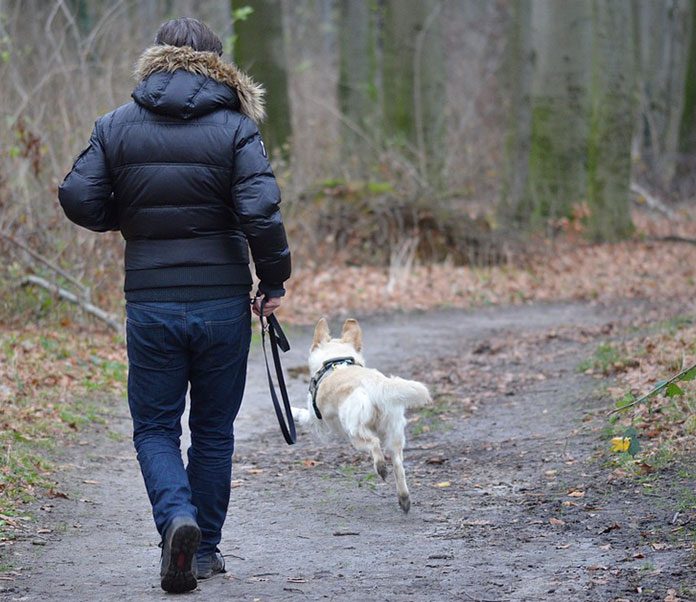Initially pets don’t like to be held by anything; exception can be when they are being fed they will allow to be held against. If they are held by force, they will retaliate by biting, spinning, clawing or jumping.
One of the reasons can be that because they weren’t used to such kind of affection, this alien action will actually scare them. Another reason can be because of the lack of trust; they won抰 let a stranger hold them.
During this period of time it would also be difficult to put leash on the pet. They will be very restless and will try to get away. Adding to this, they will be quite young and playful. They will look at the harness as a hanging toy and will play with it. And even if the owner is successful in leashing his pet, there will be more challenges waiting ahead. When the animal feels the tug of the leash, it will jump, try to bite the leash or claw it, roll over its back, etc. In the beginning, the animal can feel short of breath, at such times, the animal should be given a break from walking. He should be also shown affection by patting its back or stroking its fur. It helps the pet to accept things more easily and early.
With the progress of time, the number of breaks will decrease so will the struggle with the leash. But actually holding the animal in the arms will take a longer time than him getting trained to the leash. For this the pet should be lapped and held regularly. During the whole process, the owner can get bruises on his arms a lot. A prevention that can be taken is that the pet can be wrapped in a blanket and then held in the arms. The owner should let go till the animal completely until it calms down. After that it should be patted on its
Frequent fondling and lapping of the animal should be done when it is young and small in size as the task will become almost impossible once it starts getting bigger. But once this initial bond is formed the next step would be to actually hold the animal when it is wearing the leash. Again there will be struggle, as the situation will be completely different. The pet should not be held tight by the hands, instead the leash should be held very near to the harness. After the animal gets tired and calms down, he should be released. By this the animal will learn that the only way of getting released is by holding still. After sometime, the pet won抰 struggle at all, when being held in arms wearing the leash. The time period of holding the pet can then be increased slowly.
Leash training is very essential part of overall pet discipline. Also, since the animals have the natural instinct of roaming freely in the wild, they need to be taken out on regular walks, in order to maintain their physical balance. And when pets meet other strangers on the street, it should be trained not to get anxious. Also leash training helps in ensuring that the pet is not lost or stolen when you take it for a walk or to market.

































